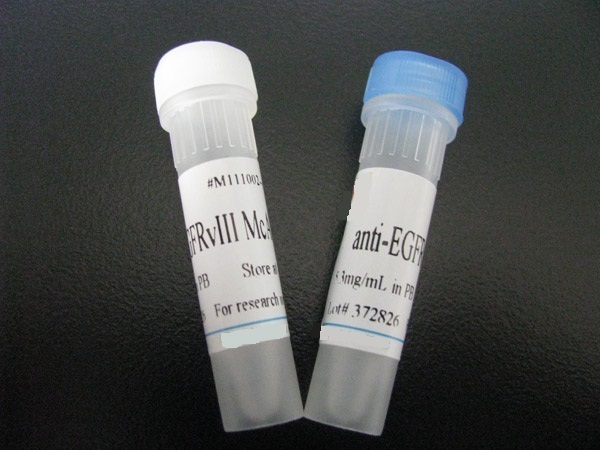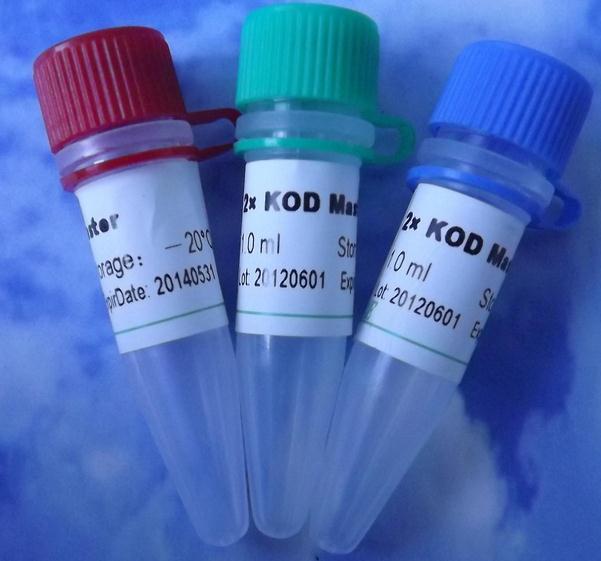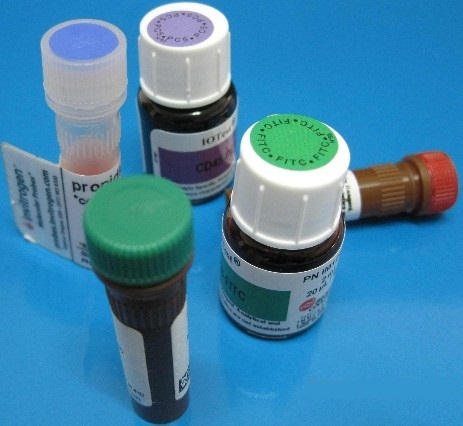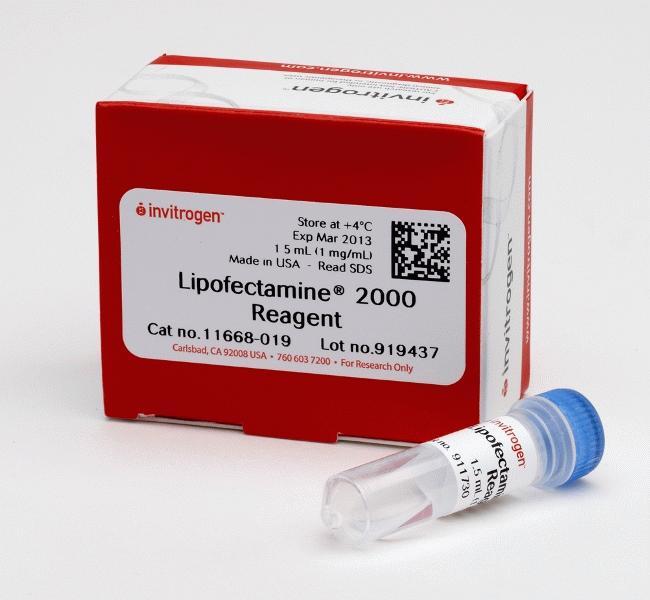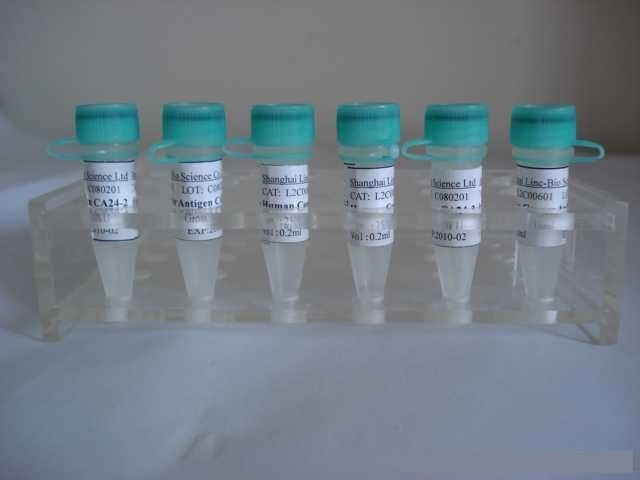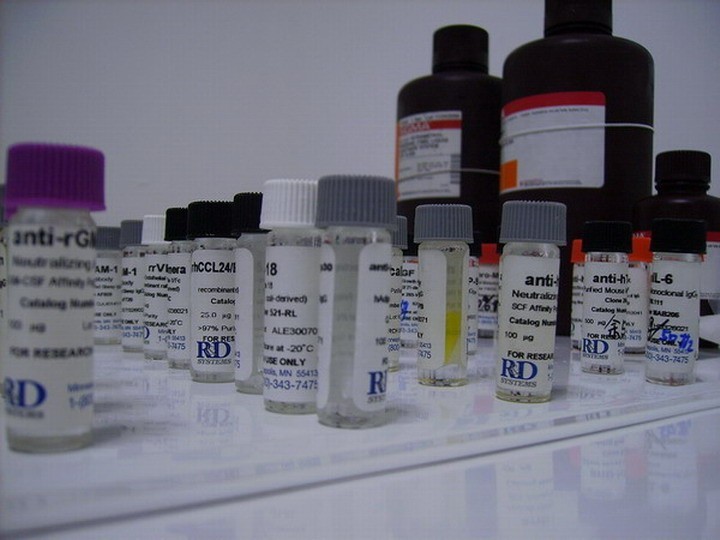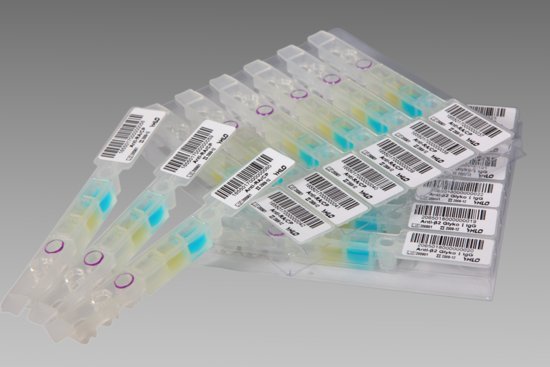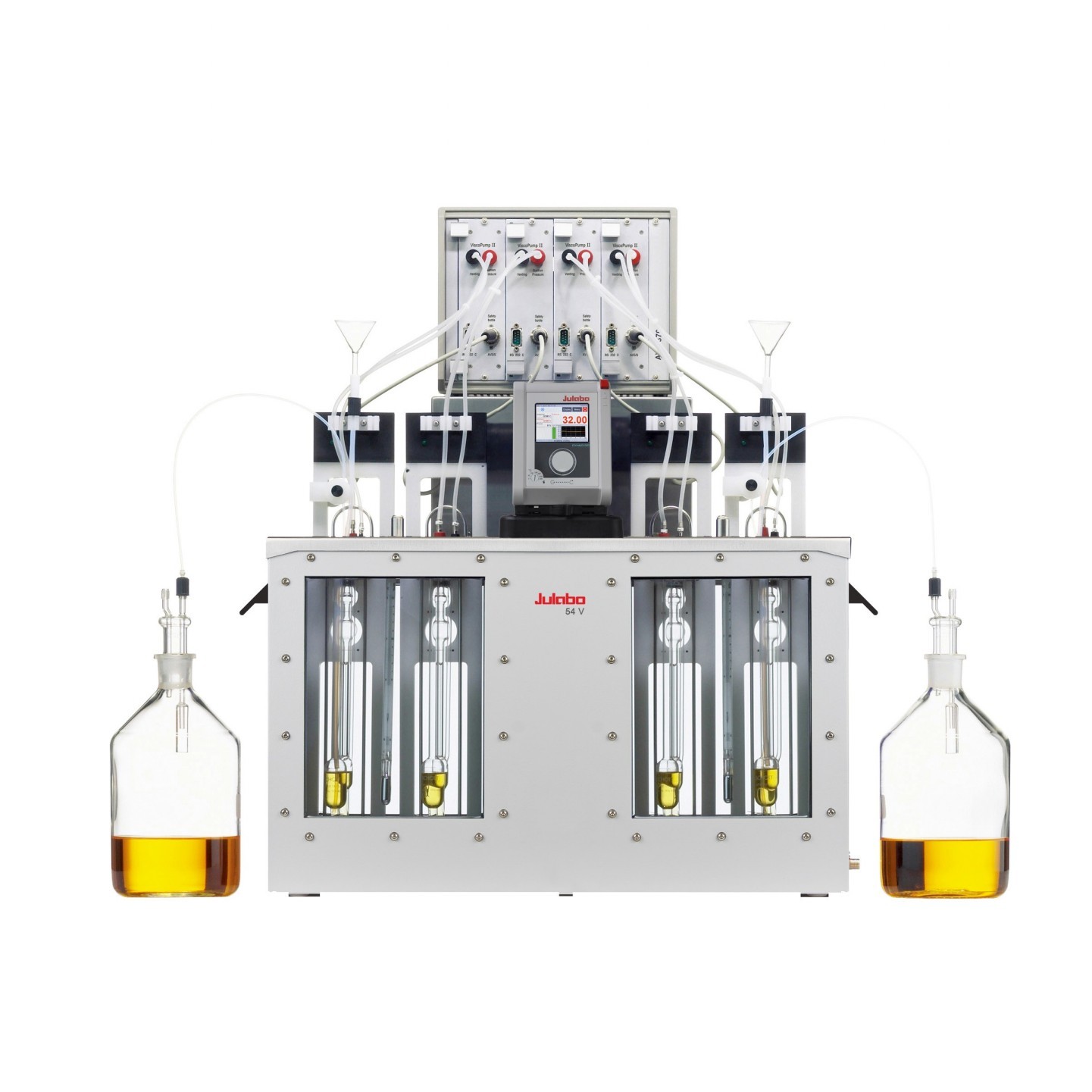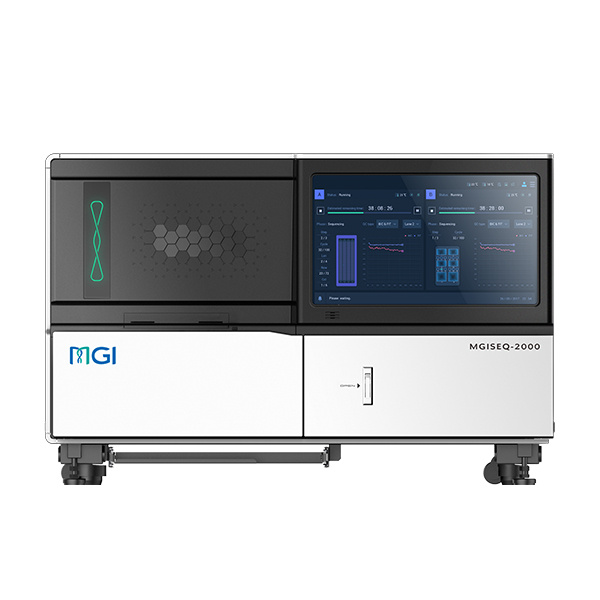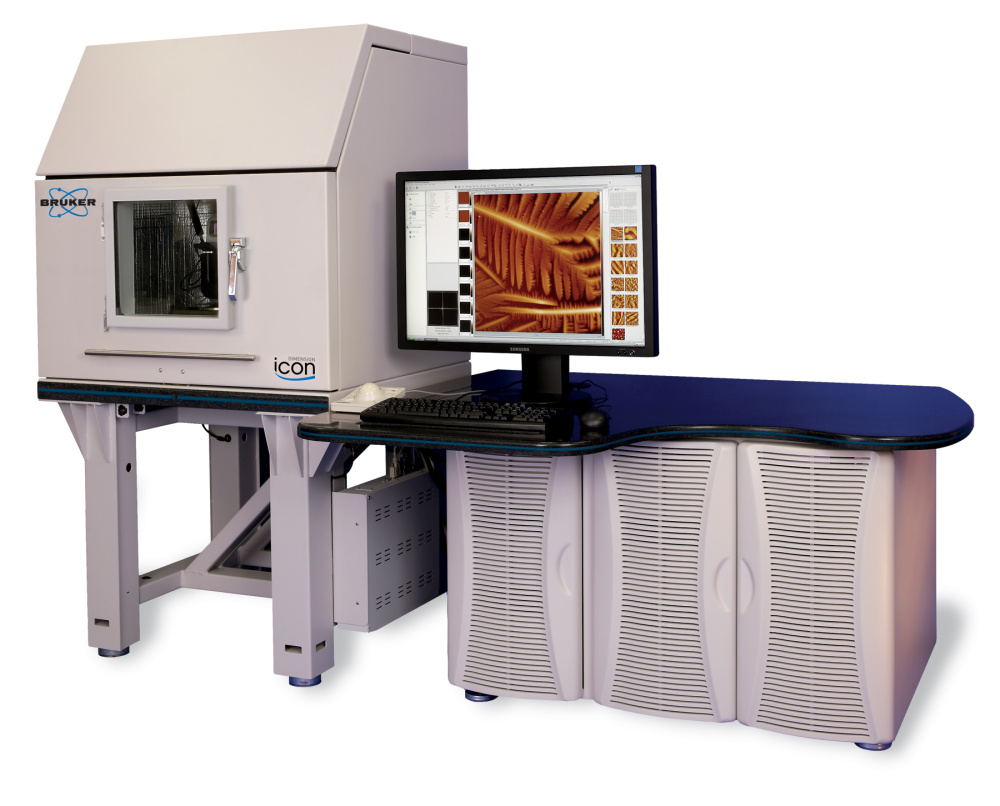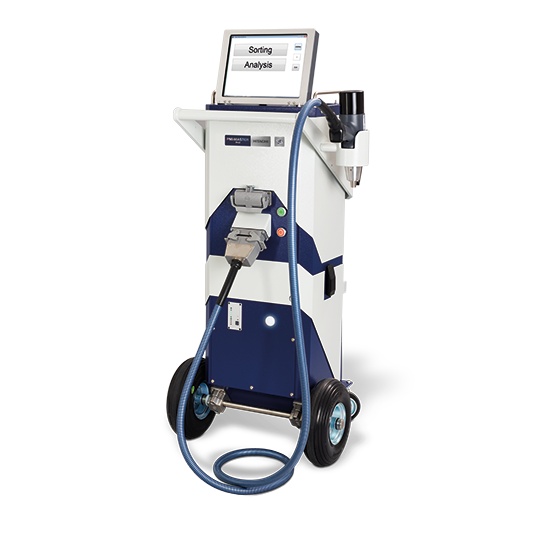抗体来源 Rabbit
克隆类型 polyclonal
交叉反应 Human, Mouse, Rat, Chicken, Dog, Pig, Rabbit, Guinea Pig
产品类型 一抗
研究领域
蛋白分子量 predicted molecular weight: 32kDa
性 状 Lyophilized or Liquid
免 疫 原 KLH conjugated synthetic peptide derived from human AQP9
亚 型 IgG
纯化方法 affinity purified by Protein A
储 存 液 0.01M PBS, pH 7.4 with 10 mg/ml BSA and 0.1% Sodium azide
产品应用 WB=1:100-500 ELISA=1:500-1000 IP=1:20-100 IHC-P=1:100-500 IHC-F=1:100-500 Flow-Cyt=1:100-500 IF=1:100-500
(石蜡切片需做抗原修复)
not yet tested in other applications.
optimal dilutions/concentrations should be determined by the end user.
保存条件 Store at -20 °C for one year. Avoid repeated freeze/thaw cycles. The lyophilized antibody is stable at room temperature for at least one month and for greater than a year when kept at -20°C. When reconstituted in sterile pH 7.4 0.01M PBS or diluent of antibody the antibody is stable for at least two weeks at 2-4 °C.
Important Note This product as supplied is intended for research use only, not for use in human, therapeutic or diagnostic applications.
水通道蛋白-9抗体产品介绍 Water is a critical component of all living cells. Interestingly, tissue membranes show a great degree of water permeability. Mammalian red cells, renal proximal tubules, and descending thin limb of Henle are extraordinarily permeable to water. Water crosses hydrophobic plasma membranes either by simple diffusion or through a facilitative transport mechanism mediated by special protein "aquaporin". A new member of AQP family, Aquaporin-9 (AQP9), has been cloned from human leukocytes by homology cloning (Ishibashi et al. 1997). It is mostly homologous with AQP3 and AQP7 (54-48% identity). AQP9 (295 AA) is primarily expressed in peripheral leukocytes, and lesser amounts in liver, lung and spleen. AQP9 is permeable to water and urea. Unlike AQP3 and AQP7, it did not facilitate glycerol transport. AQP families of proteins are predicted to contain six transmembrane domains. The N and C-terminus are predicted to be cytoplasmic. A new member of the AQP family, AQP9, has been cloned from human leukocytes. It is homologous with AQP3 and AQP7 (54-48% identity). AQP9 (295aa) is primarily expressed in peripheral leukocytes, and in lesser amounts in liver, lung and spleen. AQP9 is permeable to water and urea. Unlike AQP3 and AQP7, it does not facilitate glycerol transport. AQP families of proteins are predicted to contain six transmembrane domains. The N and C-terminus are predicted to be cytoplasmic.
Subcellular Location : Membrane; Multi-pass membrane protein.
Tissue Specificity : Highly expressed in peripheral leukocytes. Also expressed in liver, lung, and spleen.
Similarity : Belongs to the MIP/aquaporin (TC 1.A.8) family.
br> AQP9是一种选择性水通透膜转运蛋白,属于主体内在蛋白家族的成员之一。AQP9不但对水具有通透性,而且对其它一些中性溶质也具有通透性。
纯度:在实验的任何阶段,确定抗体溶液纯度的最简单方法是取一部分样本进行SDS-PAGE电泳。凝胶可用考马斯亮蓝染色(灵敏度为0.1—0.5ug/带)或银染(灵敏度1~l0ug/带)。
定量:如果抗体还不纯,有一个快捷的定量方法,即通过SDS-PAGE电泳分离出轻、重链,然后和已知的标准染色带比较。如果需要分析许多样本,用免疫测定法对抗体定量较容易。如果抗体是经过纯化的,可通过测蛋白总量代替上述两种方法,有一简单的方法,即紫外吸收法。水通道蛋白-9抗体的量可通过测280nm处的吸收值来测(10D大致相当于0.75mg/m1的纯化抗体)。
抗原结合活性:一般说来,纯化方法不会引起抗原结合活性的改变。用蛋白G或蛋白A树脂很少导致抗体活性丧失。然而,如果最终抗体产物的作用不如原来所预料的好,检测抗体纯化过程所丢失的活性就极为重要。用一系列滴定法比较纯化的抗体和其原材料的活性,以标定每一步中的总抗体量,这将有助于较好的估计通过纯化所丢失的活性。
![]()




